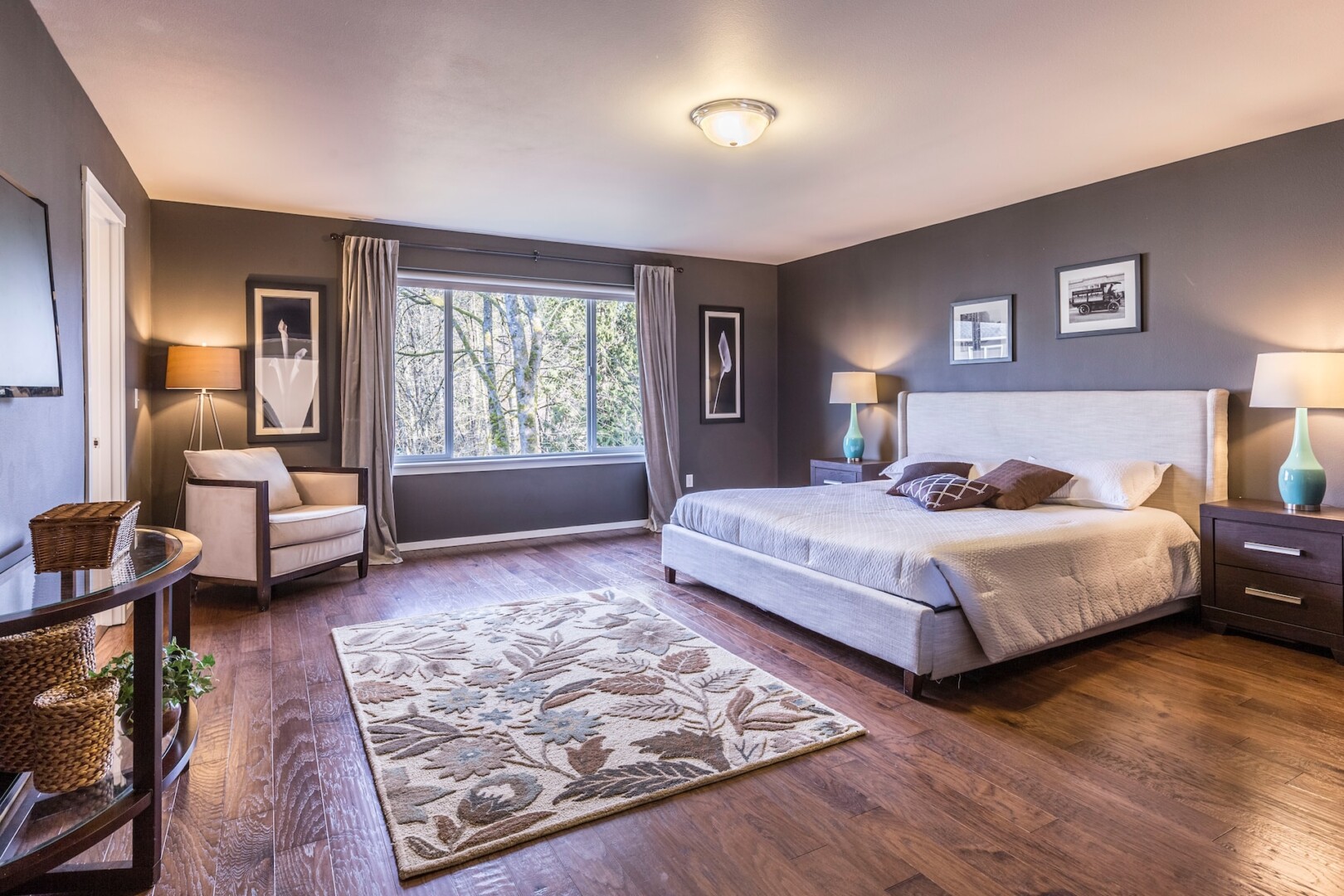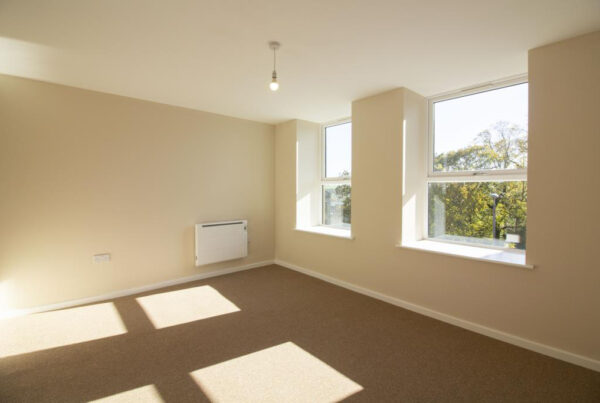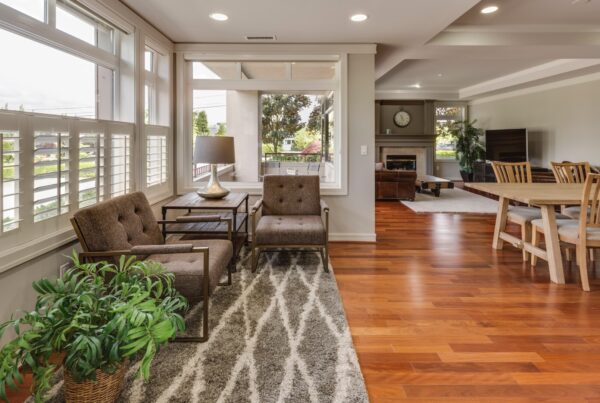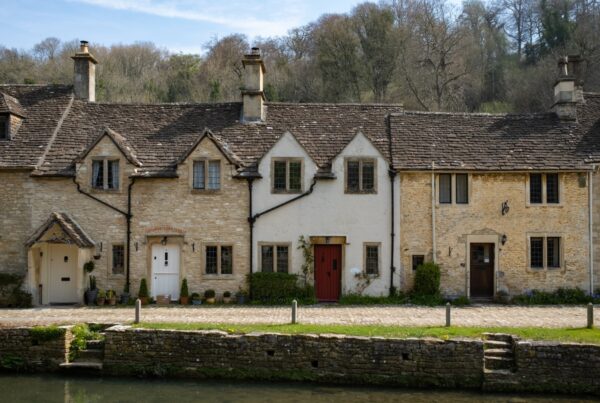Did you know that there are around half a million people in the UK in assisted living facilities? Many of these inhabitants are elderly, though such properties are aimed at anybody who requires support in the home, such as individuals with dementia, for example.
With the soaring demand for assisted living facilities, the opportunities for investment are also growing, and more-and-more property investors are considering this real estate route.
But is assisted living property a good investment in reality? We’ve looked at the pros and cons of assisting living property investment, using our comprehensive insight and experience as a dedicated property investment company to help you decide whether to proceed with assisted living investment or not.
Assisted living property investment guide

What are assisted living properties?
Assisted living properties are residential living arrangements designed to provide assistance and support to individuals who may need help with daily living activities. These facilities aim to promote independence and a high quality of life for their residents, while ensuring they receive the necessary assistance and care.
Key characteristics of assisted living properties typically include:
- Housing: Residents live in private or semi-private apartments, suites, or rooms within a community setting. These living spaces are designed to offer privacy, security, and comfort.
- Personal care services: Assisted living staff provide assistance with activities such as bathing, dressing, grooming, medication management, and mobility, as needed.
- Meals and dining: Residents often receive meals and snacks as part of their stay. Dining facilities are usually communal, allowing for social interaction.
- Social and recreational activities: Assisted living communities offer various activities and programmes to promote social engagement, physical fitness, and mental stimulation.
- Housekeeping and maintenance: Services like housekeeping and maintenance are typically included to ensure the safety and cleanliness of the living environment.
- 24-hour staffing: There is usually staff on-site 24/7 to provide assistance and respond to emergencies.
- Health and wellness services: Some facilities may offer access to basic healthcare services, therapy, and transportation for medical appointments.
- Security: Assisted living properties often have security features to ensure the safety of residents.
Is assisted living the same as a care home?
No, assisted living properties and care homes are not the same.
Assisted living properties focus on promoting independence, and provide assistance with daily living activities, offering private or semi-private living spaces. Care homes, on the other hand, provide a higher level of care and supervision in a shared living environment, often for individuals with complex medical needs. Care homes prioritise safety and continuous care, unlike assisted living facilities.
While both offer residential care, they differ in terms of the level of care, living arrangements, and emphasis on independence, with assisted living leaning towards greater resident autonomy.
What is assisted living property investment?
Assisted living investment is simply the process of investing in assisting living properties, whether by buying them and selling them on — otherwise known as flipping — or renting them out. There are a few main ways of investing in assisted living property, including:
- Direct ownership: This involves acquiring, managing, and operating the property independently. You can either be a sole owner or part of a real estate partnership.
- Real estate investment trusts (REITs): It’s possible to invest in publicly-traded senior housing or healthcare-focused REITs. These REITs own and manage various properties, including assisted living facilities, and distribute rental income and capital gains to shareholders.
- Private equity and partnerships: Another way of investing in assisted living properties is by partnering with private equity firms or joining real estate partnerships that specialise in senior housing investments. These entities may provide expertise, funding, and operational support in exchange for a share of the profits.
- Real estate syndications: Real estate syndications are where a group of investors pools their capital to acquire and manage assisted living properties. This approach can provide diversification and shared responsibilities.
- Senior housing developers: It’s possible to invest with senior housing development companies that build and operate assisted living properties, and participate as an equity investor in the development projects.
- Senior housing operators: Another option is to invest as a limited partner or shareholder in a senior housing operating company. This option allows investors to benefit from the ongoing cash flow generated by the operation of the facility.

What we like about assisted living investment
- Demographic trends bode well: The ageing population, driven by the Baby Boomer generation, is creating a substantial demand for senior care services, including assisted living, increasing the potential for high occupancy rates.
- Long-term investment: Assisted living facilities tend to have long-term residents, providing investors with a consistent income stream over time. The elderly — who make up the majority of inhabitants — are also much less likely to miss rent payments than their younger counterparts. One study found that just 18% of over 65s have difficulty paying rent, compared to 33% of those aged 35-64.
- Market resilience: The need for assisted living facilities is relatively recession-resistant, as senior care remains essential, even during economic downturns. Research has consistently shown that senior living property returns are significantly less volatile than other types of real estate.
- Partnerships: Investors can work with experienced operators with the expertise to manage these facilities, reducing the hands-on involvement required.
- Low operating costs: For those who buy individual assisted living properties, there are no landlord costs for ground rent, service charges or building insurance, helping investors to cut costs.
- Positive impact: Investing in senior care facilities allows investors to contribute to the well-being and quality of life for elderly or vulnerable individuals.
- Government support: Many assisted living properties benefit from long term government leases. This ensures rental yields are consistent, even if the management company collapses or sells up.

Areas of consideration with assisted living investment
- Operational complexity: Managing and operating assisted living facilities can be challenging for owner-operators, requiring skilled staff and adherence to healthcare regulations, which can impact profitability.
- High operating costs: The ongoing operating costs — such as staffing, utilities, maintenance, and healthcare services — of assisted living facilities for owner-operators can be substantial.
- Healthcare liabilities: Operating assisted living facilities can entail healthcare-related liabilities, including the risk of medical malpractice claims.
- Staffing challenges: Recruiting and retaining qualified and compassionate staff — including nurses, caregivers, and support personnel — can be a significant challenge.
- Long-term commitment: Assisted living property investments often require a long-term commitment, as it may take time to achieve the desired return on investment.
- Changing healthcare landscape: Evolving healthcare policies can impact the financial viability of assisted living facilities.

The verdict: are assisted living facilities a good investment?
While the suitability of assisted living investment depends on factors like your financial situation and risk tolerance, we believe it presents a promising opportunity for many property investors. However, we recommend following the steps below before making any commitments:
- Assess your risk appetite: As with any investment, assisting living carries its own set of risks, as mentioned earlier. Take the time to evaluate your comfort level with these risks before you decide to purchase a property.
- Conduct market research: Thoroughly research the market, considering factors such as location and the specific characteristics of prospective properties. This should include an analysis of the local economy and the desirability of the property type among potential renters.
- Develop an exit strategy: Think about your future plans for this investment, as selling assisted living properties can be challenging. Having a well-defined exit strategy is therefore essential.
- Seek advice from a property investment specialist: It’s highly advisable to consult with a property investment specialist such as Alesco. Real estate advisors like ourselves possess extensive knowledge of the assisted living market and can provide valuable insights into the pros and cons of assisted living investments, prime investment opportunities, and the intricacies of this investment approach.

How to invest in assisted living facilities
Wondering how to invest in assisted living properties? Doing so involves several steps, from identifying the right property to completing the purchase. Even experienced investors often require assistance, which is where Alesco comes in. With our wealth of experience, expert market insights, and profound understanding of property investment, we’ve guided a range of property investors in making informed decisions. You too can benefit from our support.
Working with Alesco allows you to swiftly build a lucrative portfolio of assisted living properties, as you can pick exclusive real estate from our extensive portfolio. Additionally, we can provide assistance in areas like due diligence and the property acquisition process.
Get in touch with us for more information or to make an inquiry.

Written by: Ben Whitaker
Experienced professional working in the real estate investments sector. Assisting and advising clients on the acquisition of property across a range of asset classes, with view to achieving robust return on investment.













